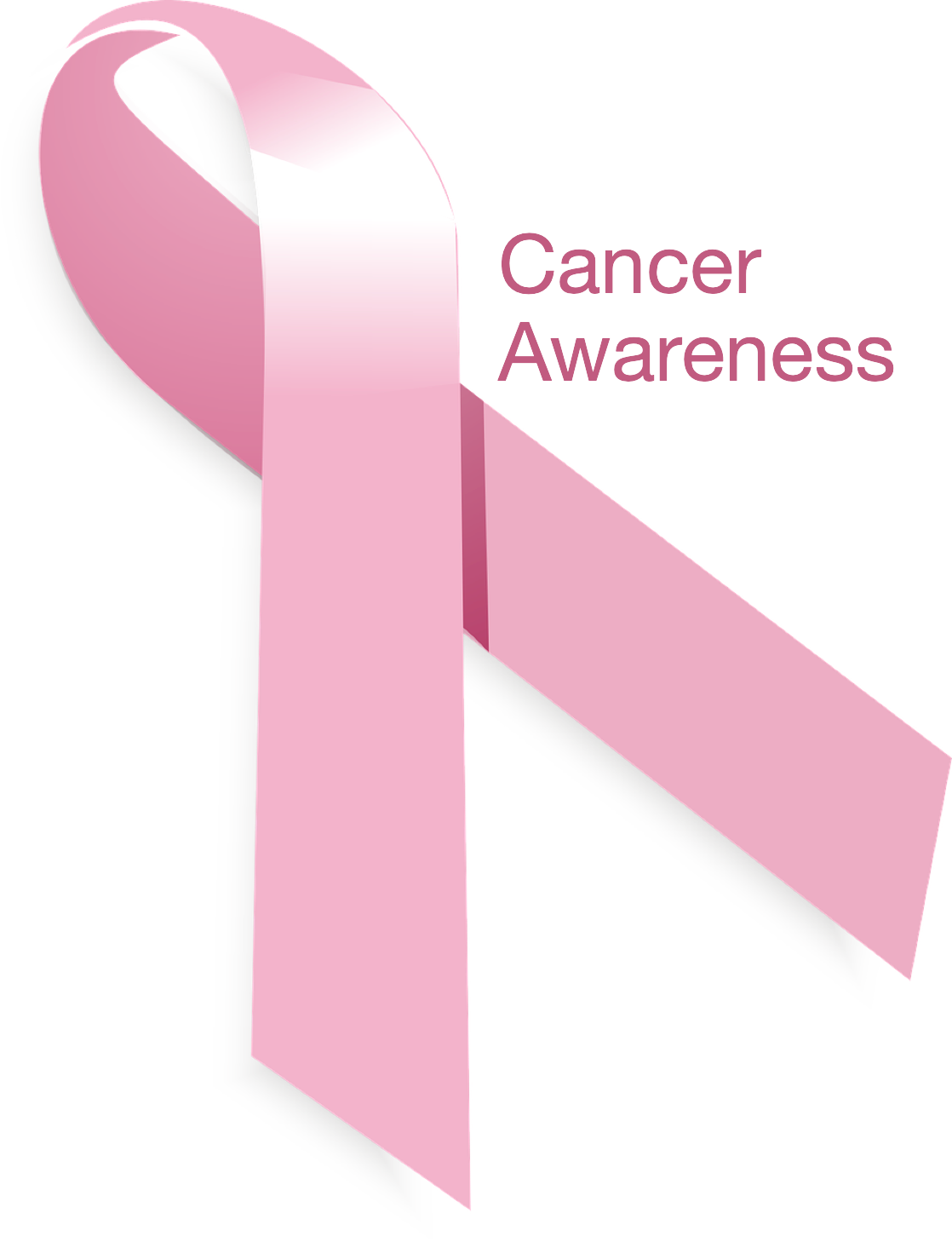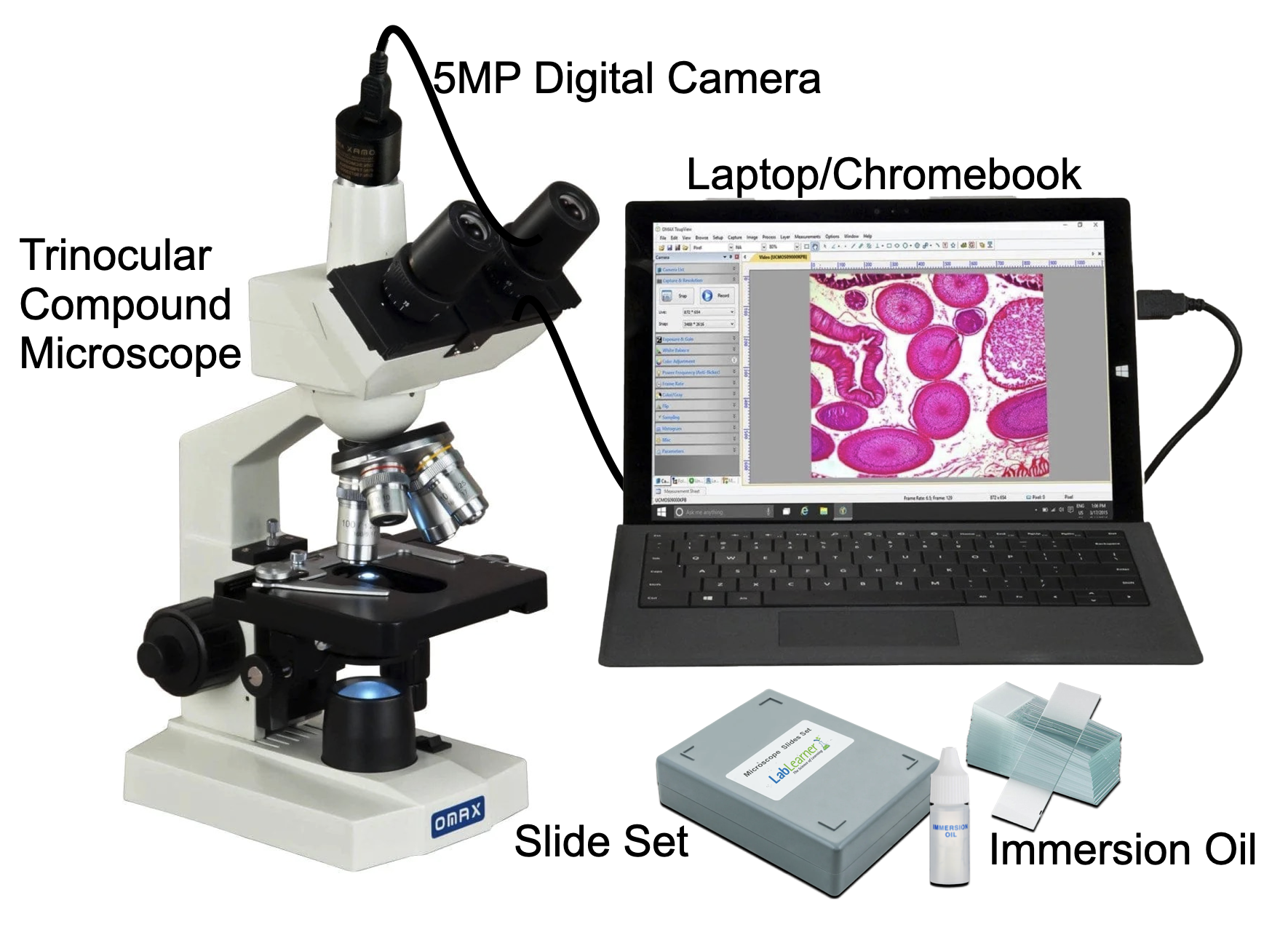Teacher Portal
Cell Cycle and Cancer
CELL Guide
CELL Guide
Cell Cycle and Cancer

LabLearner’s 3-D Approach to Scientific Inquiry
Phase 1 – Defined Understanding
The defined boundaries of this phase provide a framework for engaging parents and identifying students’ current knowledge of the key topic(s) explored in this CELL.
Phase 2 – Dynamic Understanding
Change, activity, and progress characterize the dynamic phase. Its design will enable you to enhance students’ existing skills, interests, and understanding, as well as meaningfully build new ones.
Phase 3 – Deeper Understanding
By this point, students have moved through powerful and purposeful tasks that had them actively and intentionally construct an understanding of concepts. In this final phase, students will consolidate knowledge and make deeper connections among ideas.
Phase 1 – Defined Understanding
► Questions to Investigate in this CELL
- How does the organization of cells within an organ relate to an organ’s function?

- How do cells in an organism replenish themselves after normal wear and tear to the tissue?
- How do tissues replenish the cells contained within them?
- What controls the process of cell division?
- What is the relationship between the control of the cell cycle and cancer?
► Parent Newsletter
Encourage parents to connect to their child’s learning by providing them with a framework of the CELL. Use this link to access and share the Parent Newsletter.
► Baseline Assessment
Assess students’ current knowledge of the topic(s) being explored then set instructional and student learning goals. Use this link to schedule then invite students to take the Pre-test for the CELL.
Phase 2 – Dynamic Understanding
► Introduction
Enhance your conceptual understanding by reading the student-level research on the topic(s) being explored. Use this link to access the research.
____________________________________________
► Links to Investigations
Go directly to the Investigation you are working on by clicking on a link below:
► Investigation 1
► Investigation 2
► Investigation 3
► CELL Vocabulary
- Tissue: a group of organized cells that share a common structure and function.
- Organ: a group of tissues that work together to perform a specific set of functions for the organism.
- Cell division: the production of two identical cells from a single parent cell.
- Chromosome: a structures in the nucleus of a cell containing two chromatids.
- Chromatid: one double-stranded DNA molecule complexed with protein.
- Cell cycle: an ordered set of events that results in cell division.
- Mitosis: M phase; the final phase of the cell cycle in which the sister chromatids produced in the S phase are separated and cell division (cytokinesis) occurs.
- Cancer: a group of diseases that involve the uncontrolled cell division of body cells.
- Metastases: when a single cancerous cell breaks away from a tumor and it travels in the blood to other places throughout the body. At the new site, this single cancer cell can proliferate and form another tumor.
- Adenocarcinoma: a form of lung cancer.
► Access Scoring Rubric
Examine the scoring rubric for this CELL so that you know what your teacher is looking for in terms of performance.
Tips for Success:
Google Classroom
Phase 3 – Deeper Understanding
►Deep Analysis Classroom Discussion
These questions can be used to elicit in-depth discussions based on the lab experience. Teachers may use any or all of these discussion points depending on the time available. All Investigations‘ Deep Analysis questions as well as the Comprehension Check for the entire CELL are found on this link.
► Summative Assessment
Evaluate student learning at the end of the CELL by comparing the Summative Assessment to students’ Baseline Assessments. Use this link to schedule then invite students to take the Post-test for the CELL.

